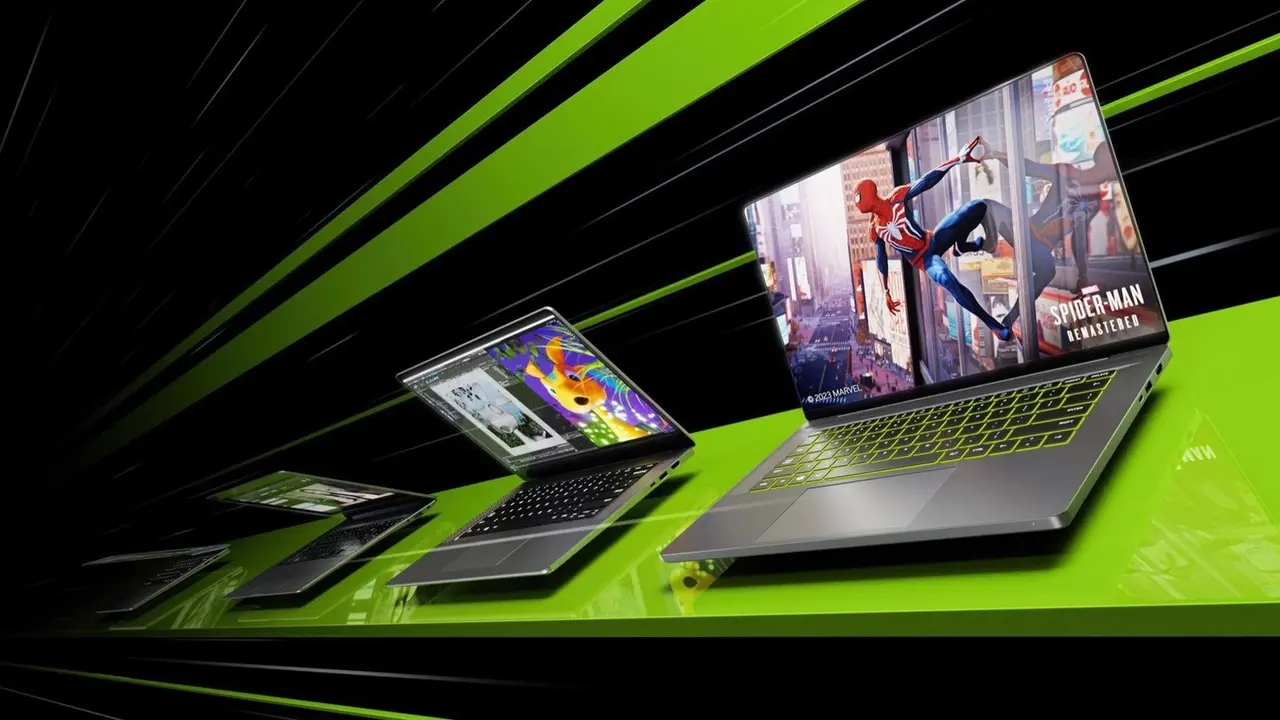Nvidia’s flagship laptop graphics card, the GeForce RTX 5090, was tested with a 250W power limit. Introduced in January and featuring a standard TGP of 175W, this mobile GPU was pushed to its performance limits with modifications that pushed it to higher power levels. The test was conducted on an Eluktronics Hydroc 16 G2 model equipped with Intel’s yet-to-be-released Arrow Lake-HX processor.
The GeForce RTX 5090 mobile was tested at 250W.
During the test, a hardware intervention called “shunt mode” was implemented. This method involves changing certain resistors on the graphics card, causing the card to detect lower power consumption. This allows the GPU to operate at higher power levels, exceeding software-imposed limits.
This process wasn’t limited to physical intervention. Using Prema Mode software in the BIOS, the card’s operating curves were reconfigured. The voltage curve, in particular, played a critical role in this. According to the statements, simply increasing the power limit isn’t enough; Unless voltage management is also reconfigured, the performance gains will be limited.
The results clearly demonstrate how the power increase translates into real-world performance. The mobile RTX 5090, when pushed to 250W, delivered an average 20% performance increase compared to the standard 175W model.
The increase was 23.3% in Black Myth: Wukong and 21.7% in Cyberpunk 2077. The difference exceeded 41% in the Steel Nomad test. Double-digit performance gains were also observed in games like The Witcher 3, Hogwarts Legacy, and Rainbow Six Siege. The smallest increase, 3.86%, was recorded in Tomb Raider.
These results demonstrate that Nvidia’s power limits for mobile GPUs do not reflect the full potential of the hardware. High-end GPUs like the RTX 5090 can technically deliver performance very close to desktop performance when run at higher power.
However, these configurations are not available to end-users without the approval of the manufacturers. These types of tests, conducted in the hardware community, provide valuable insight into how powerful cards can actually be.
Nvidia is known to be pursuing a more conservative strategy in the laptop segment. However, this test suggests that mobile systems could become much more powerful if manufacturers offer more flexible power profiles in the future.



 Shiftdelete.net
Shiftdelete.net









